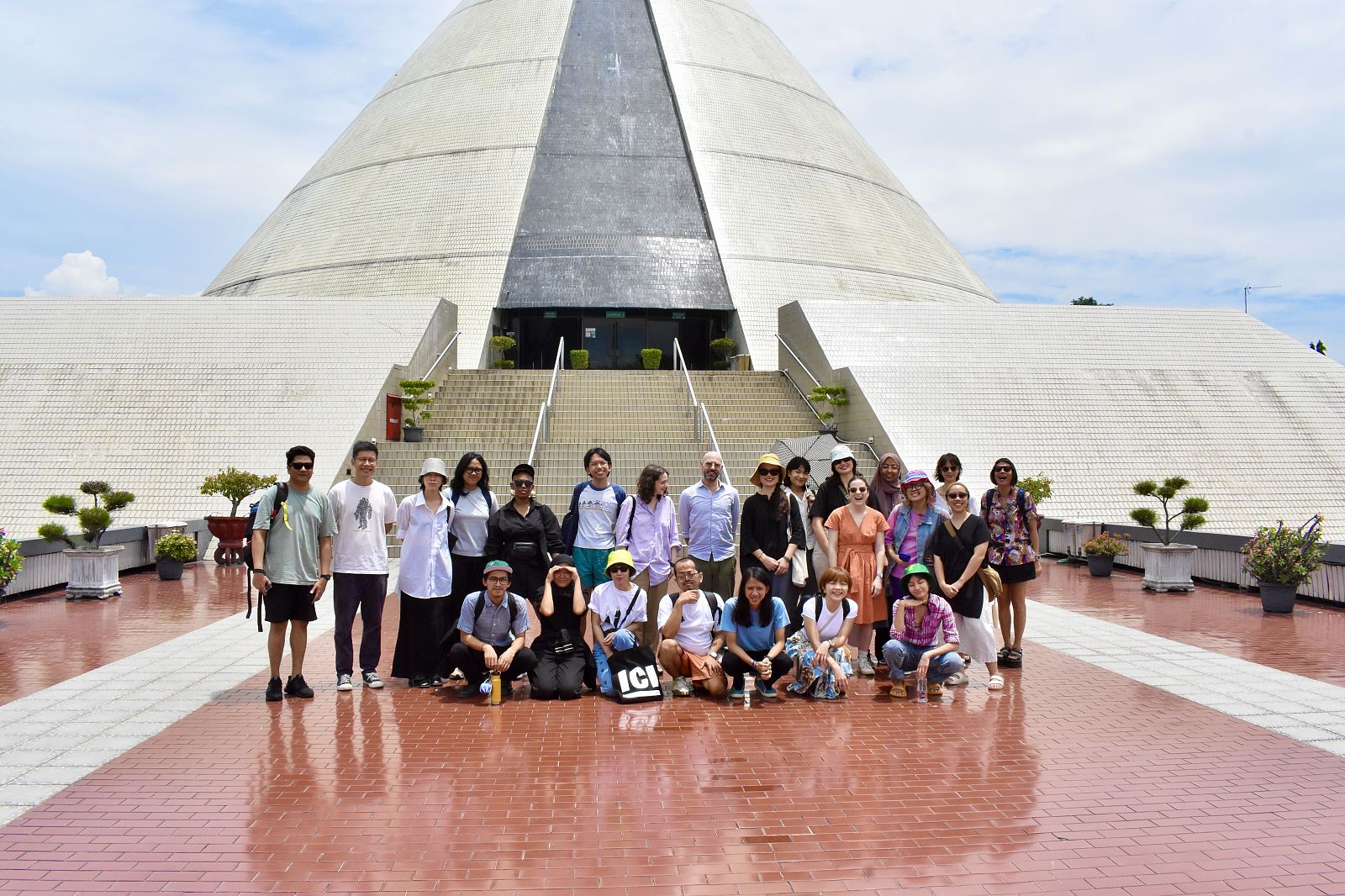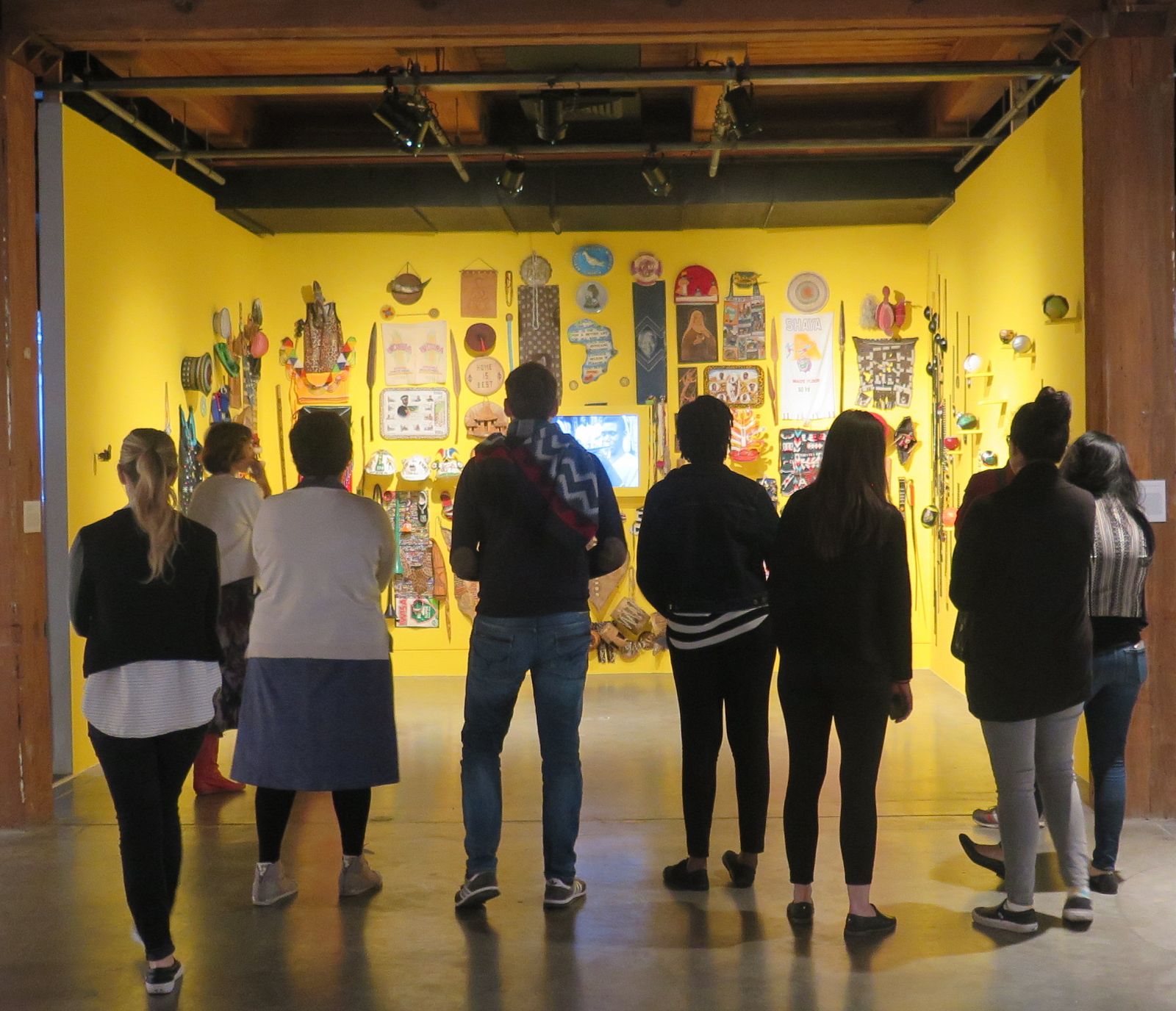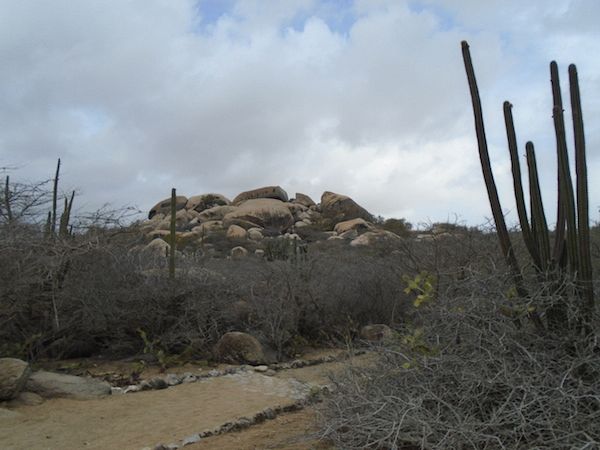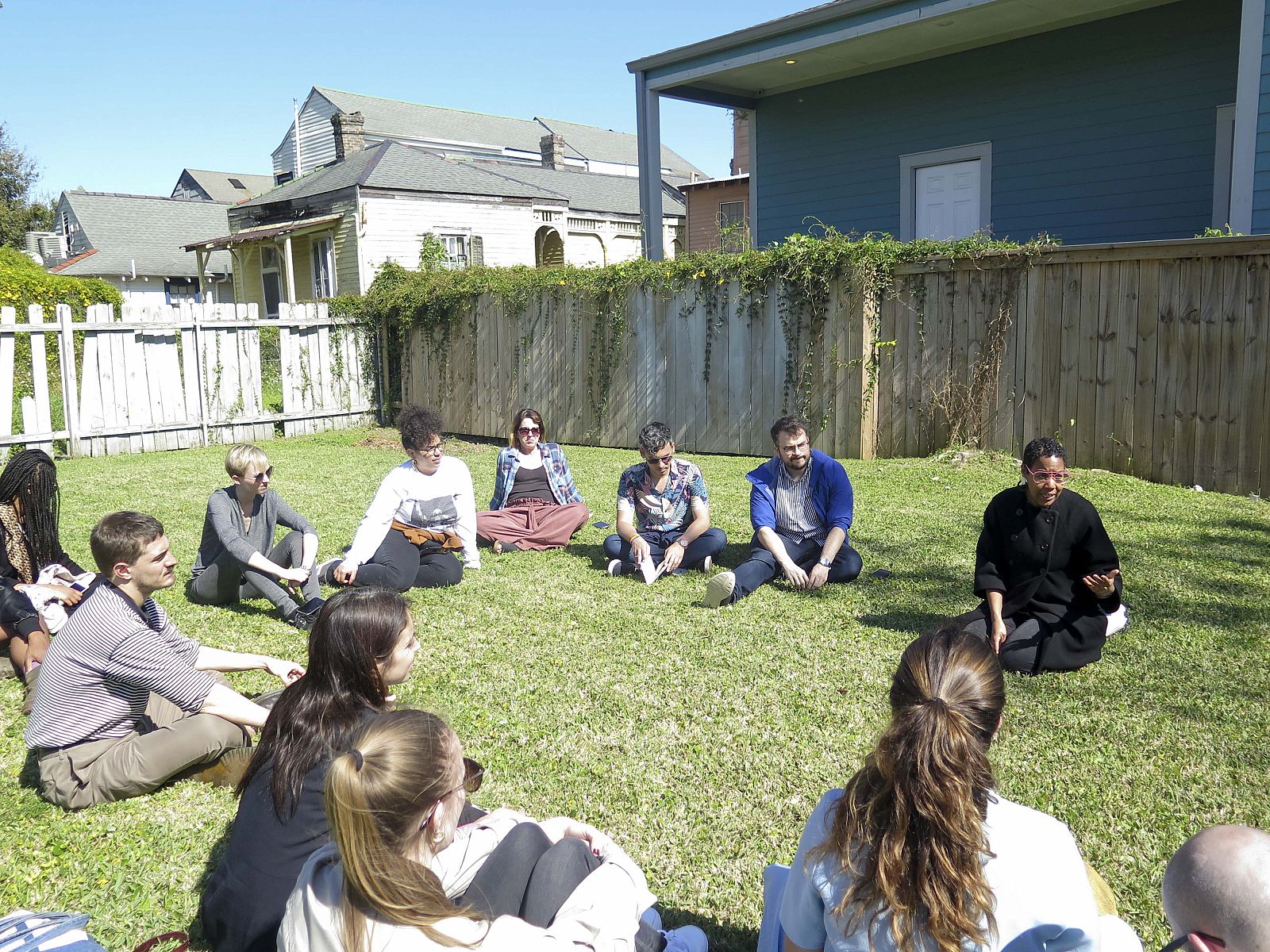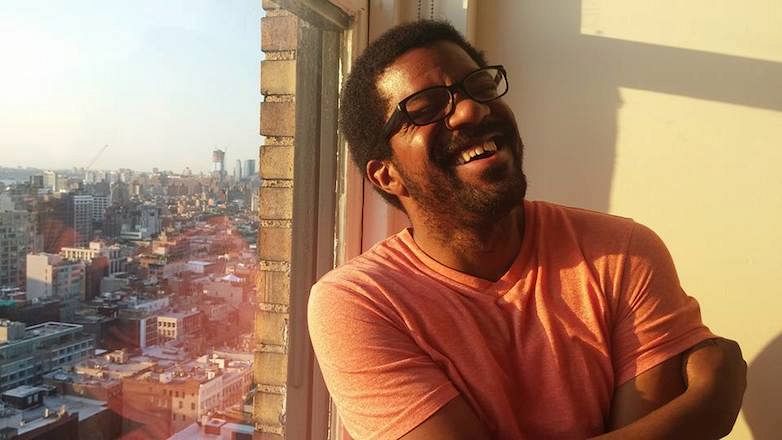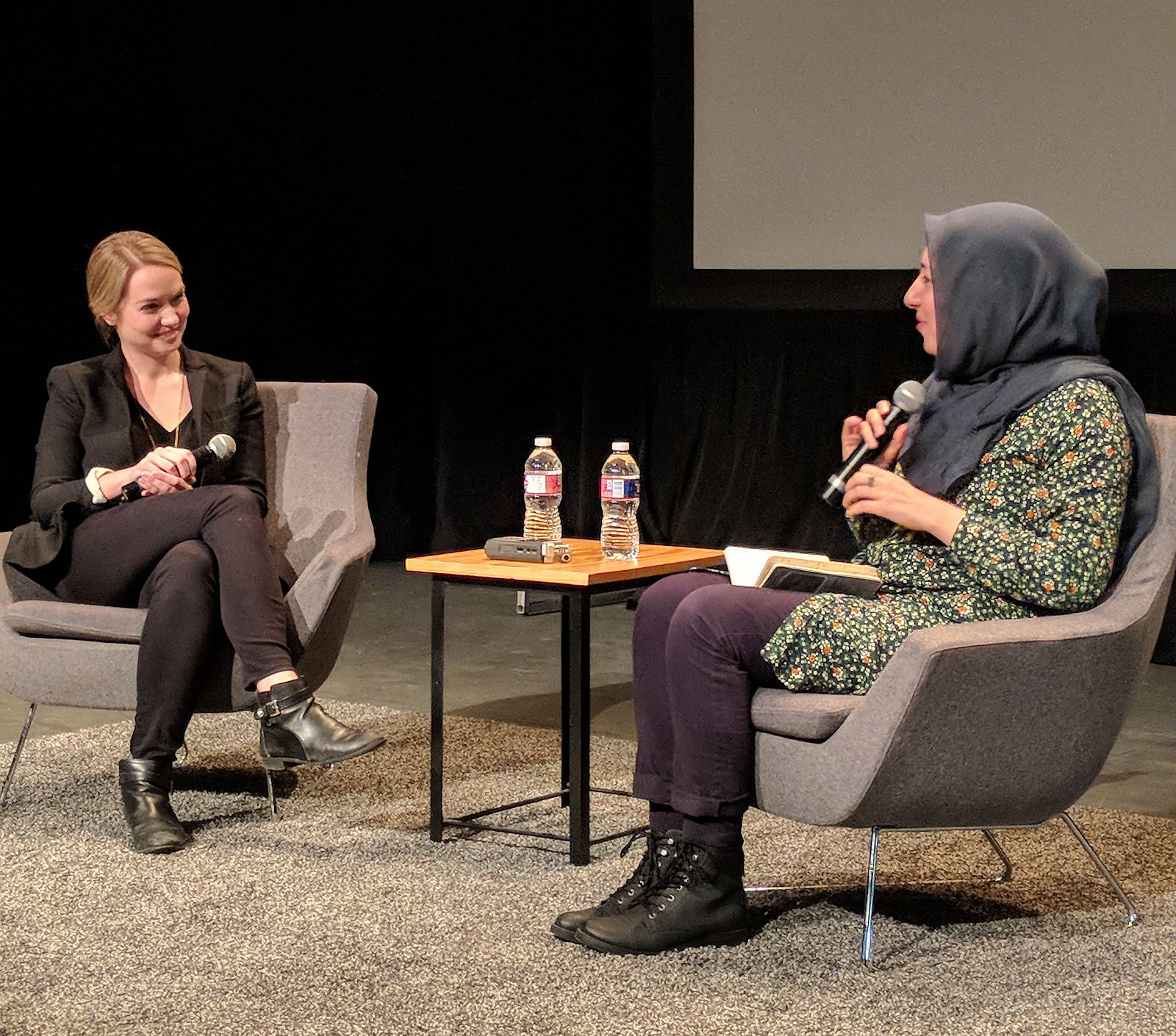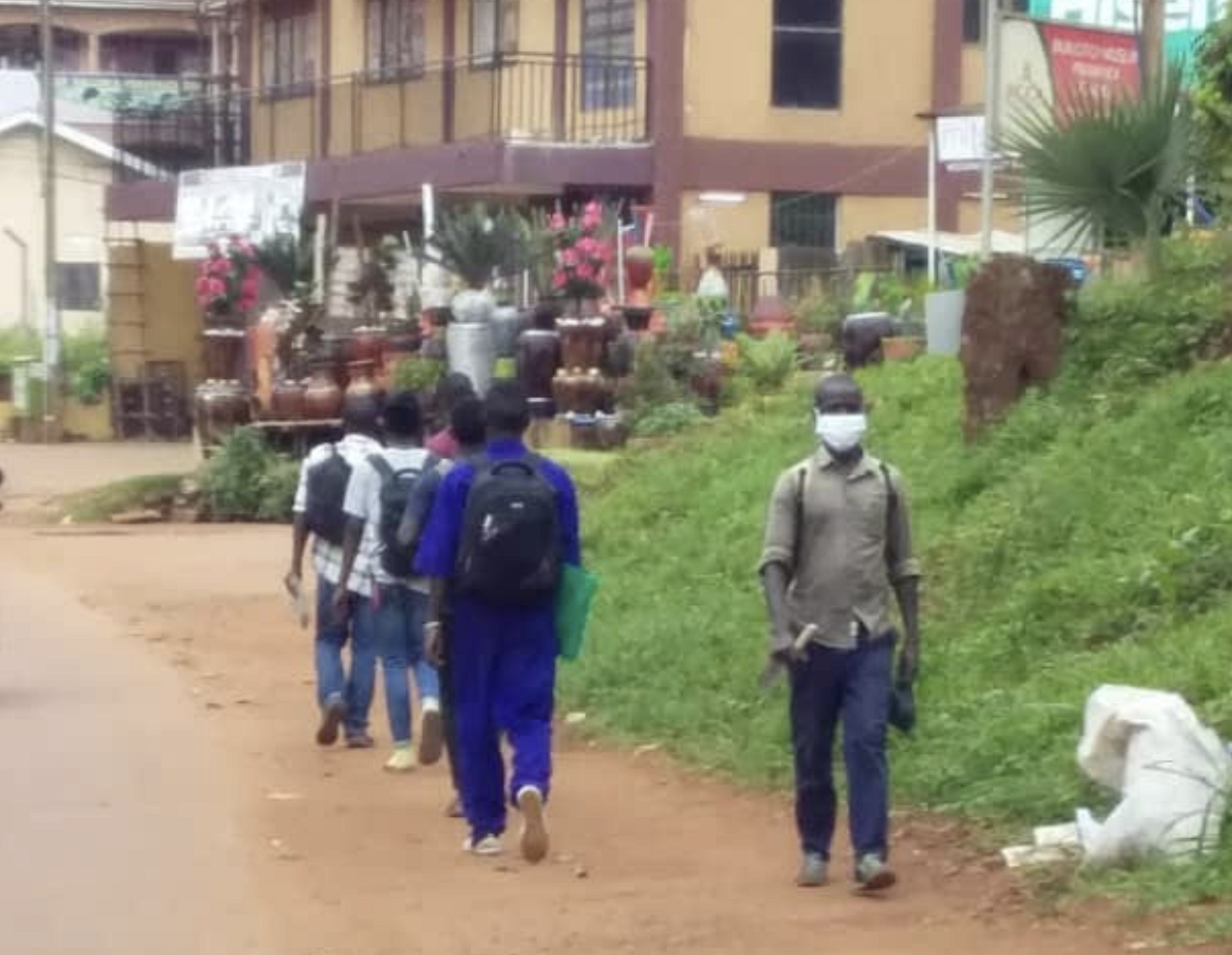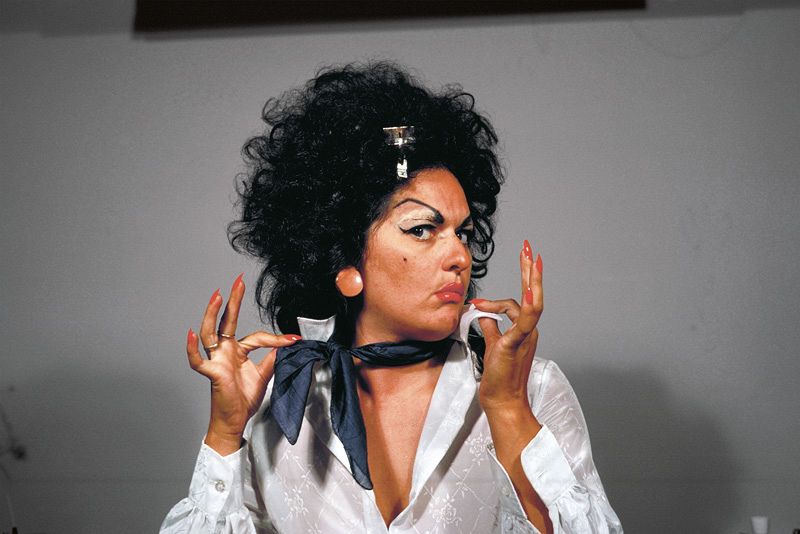As part of ICI's Intensives in Action series, Curatorial Intensive alum Yu-Lun (Fiona) Hsu reflects on her experience curating Not Just Love Stories (移動羅曼史), a long-term collaborative initiative examining the complex dynamics of transnational migration in Taiwan. Through deep community engagement, research, publishing, and public exhibitions and events, the project seeks to understand how migration and movement shape not only cultural aesthetics and artistic production, but also human relations on local, national, and global scales. Fiona developed the latest iteration of Not Just Loves Stories during the 2024 Curatorial Intensive in Indonesia; here, she discusses her process and the many intertwined elements that make up this dynamic project.
Not Just Love Stories (移動羅曼史) is a long-term curatorial initiative I’ve undertaken with photographer/art researcher Sherry Chang and literary researcher/social worker Sally Sung. Since 2020, the project has explored the aesthetics of a time of transnational mobility through research, fieldwork, documentation, community engagement, public events, exhibitions and publication. The project examines Taiwan's position within contemporary patterns of mobility, particularly as a destination for regional labor flows from Southeast Asia. Contemporary artists and writers, including Southeast Asian community members in Taiwan who maintain creative practices in writing, photography, dance, and music, have been involved in the project through exhibitions and publications. Through this specific lens, we explore broader questions about how transnational movements shape cultural aesthetics and artistic production in our globally mobile era. The project explores curatorship as a means to probe the potential political dynamics that emerge across communities and cultural borders, while contributing to wider discussions about the impact of the migratory, in both physical and conceptual senses, on contemporary art and cultural expression.
As the project title implies, Not Just Love Stories takes its curatorial inspiration from the prominence of romance writing in migrant literature among Taiwan’s Southeast Asian communities. “Affectivity” and “the migratory” serve as conceptual keywords of the initiative: They refer to the affinities among migrant communities—which includes and extends beyond romantic relationships, marriage, and family life—that reflect the complex lived realities shaped by transnational movement. The project also examines the affective registers of the arts and their potential to create alternative passages for cross-cultural and cross-community interactions outside of existing socio-political agendas.
Throughout five years, Not Just Love Stories has unfolded into many interconnected sub-projects with overlapping timelines.













